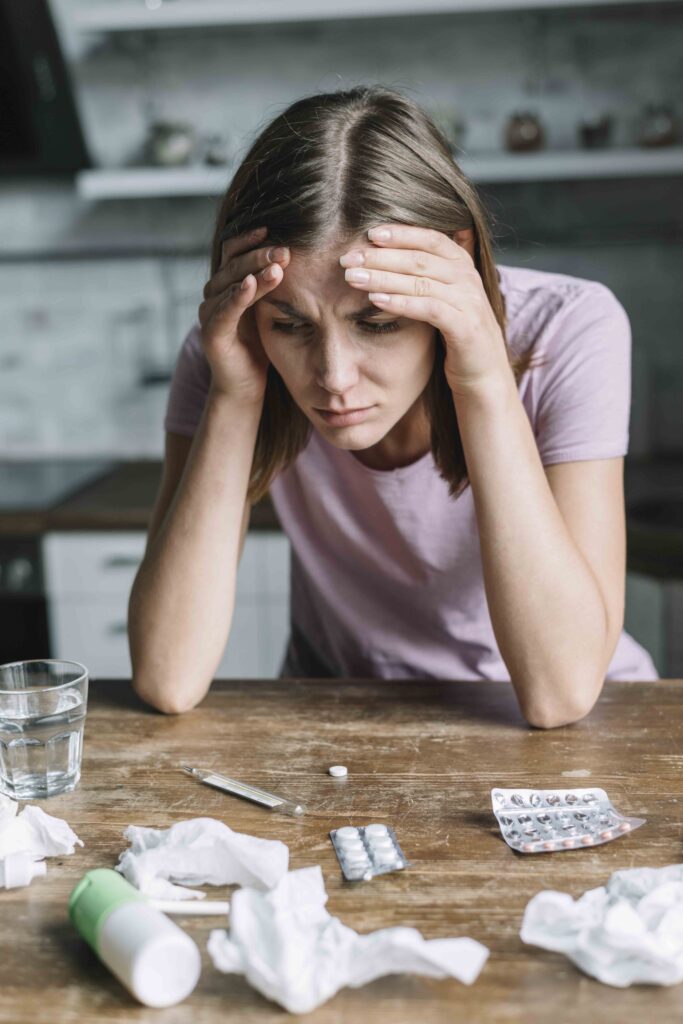Increased Recognition of the Value of Non-drug Approaches to Pain
Inadequate pain management coupled with the epidemic of prescription opioid overuse and abuse has taken a severe toll on the lives of tens of thousands of people in the United States. According to the Centers for Disease Control and Prevention (CDC), as many as one in four patients who receive prescription opioids long term for non-cancer pain in primary care settings struggles with addiction. Every day, more than 1,000 people are treated in the ER for misusing prescription opioids.
Beyond the risks of addiction and overdose, prescription drugs that numb pain may convince a patient that a musculoskeletal condition is less severe than it is or that it has healed. This misunderstanding can lead to overexertion, a delay in the healing process or even permanent injury. Chiropractic and other non-drug approaches to pain management can be an important first line of defense against pain and addiction resulting from the overuse of prescription opioid pain medications.
There is a growing body of research that validates the effectiveness of chiropractic services, leading many respected health care organizations to recommend chiropractic and its non-drug approach to pain management. Most notably, the American College of Physicians (ACP) updated its guidelines for the treatment of acute and chronic low back pain in 2017 to recommend first using non-invasive, non-drug treatments before resorting to drug therapies. ACP’s guidelines, published in the Annals of Internal Medicine and based on a review of randomized controlled trials and observational studies, cite heat therapy, massage, acupuncture and spinal manipulation (a centerpiece of chiropractic care) as possible options for non-invasive, non-drug therapies for low back pain. Only when such treatments provide little or no relief, the guidelines state, should patients move on to medicines such as ibuprofen or muscle relaxants, which research indicates have limited pain-relief effects. According to the guidelines, prescription opioids should be a last resort for those suffering from low back pain, as the risk of addiction and overdose may outweigh the benefits.
In addition:
- The 2017 Department of Defense/Veterans Administration guideline for the treatment of low back pain also includes spinal manipulation as a non-drug, non-invasive option. The patient summary of the guideline states explicitly, “Complementary medical treatments like acupuncture, spinal manipulation therapy, and yoga are helpful for many people.”
- In March 2016, the Centers for Disease Control and Prevention released guidelines for prescribing opioids that also promote non-drug alternatives for the treatment of chronic pain.
- In 2015, the Joint Commission (PDF), the organization that accredits more than 20,000 health care systems in the U.S., including every major hospital, recognized the value of non-drug approaches by adding chiropractic and acupuncture to its pain management standard. In the August 2018 issue of the Joint Commission newsletter Quick Safety—which references spinal manipulation as a possible treatment for chronic low back pain, shoulder pain and migraines—the Joint Commission states, “The use of non-opioid treatment options may be helpful in either eliminating the need for an opioid or reducing the amount of opiates used or prescribed.”
A Common Sense Strategy
The American Chiropractic Association (ACA) encourages patients and health care providers to first exhaust non-drug forms of pain management, when appropriate, before moving on to riskier, potentially addictive treatments such as opioids. To this end, ACA delegates adopted a policy statement in 2016 proposing a solution to the dual public health concerns of inadequate pain management and opioid abuse. ACA’s policy statement supports:
- The investigation of non-pharmacologic interventions for pain treatment across a variety of patient populations and healthcare delivery setting,
- The promotion of evidence-based non-pharmacologic therapies within best practice models for pain management,
- The improvement of access to providers of non-pharmacologic therapies,
- Interprofessional education to augment the training of pain management teams, and
- Public health campaigns to raise awareness of drug-free treatment options for pain syndromes.

